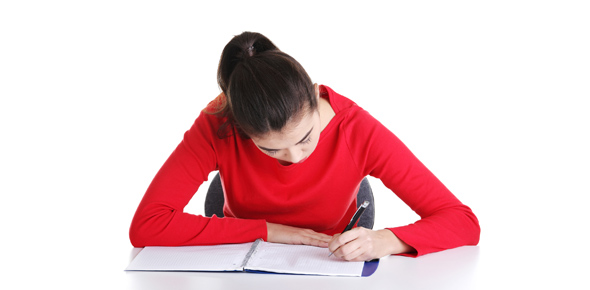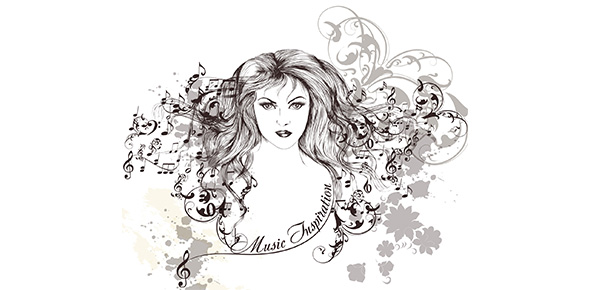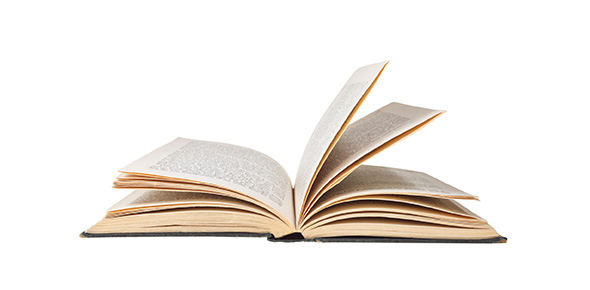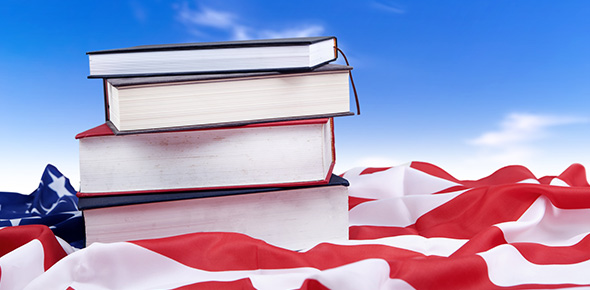Related Flashcards
Related Topics
Cards In This Set
| Front | Back |
 |
Giotto Bondone- The Lamentation
|
 |
Jan Van Eyck- The Arnolfini Wedding
|
 |
Donatello- David
|
 |
Donatello- The Feast of Herod
|
 |
Fra Angelico The Annunciation
|
 |
Masaccio- The Tribute Money
|
 |
Masaccio- The Trinita
|
 |
 Fracesco, Piero Della- The Baptism of Christ/ The Resurrection
|
 |
Bellini- Madonna of the Meadow
|
 |
 Botticelli- The Birth of Venus/ Primavera
|
 |
Ghirlandaio- Grandfather and his Grandson
|
 |
 Bosch- Garden of Earthly Delights/Death of the Miser
|
 |
 Da Vinci- Virgin of the Rocks/Ginerva d'Benci/Vitruvian Man
|
 |
 Durer- The Martyrdom of 10,000 Christians/The Hare
|
 |
 Cranach (the elder)- Venus Complains to Cupid/Judgement of Paris
|







